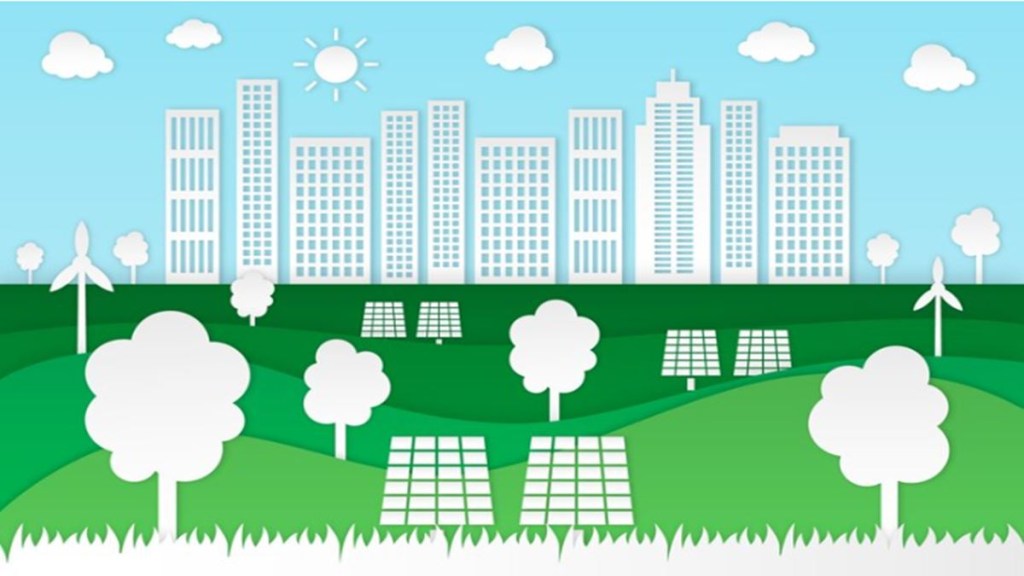By Sandeep Khullar
In recent years, the electrification industry has grown significantly because of the global push for sustainability, especially in the transportation sector. Even while the transition to electrification started more than a century ago, it has accelerated significantly over the last ten years because of increased awareness and government assistance. Remarkable advancements in sustainable transportation are transforming the industry, especially in the realm of buses and coaches. Although the transportation sector has long been a major contributor to global greenhouse gas emissions, the drive for sustainability has led to considerable progress in green transportation options for cars and buses.. From electrification to alternative fuels and smart technology integration, the fight for greener buses and coaches is transforming public transportation.
One of the most promising developments in sustainable transportation is the electrification of buses and coaches. Electric buses (e-buses) are a feasible alternative to traditional diesel-powered vehicles, with lower emissions and running costs. Cities around the world are progressively using e-buses as part of their public transportation fleet. But even with these encouraging developments, the industry had difficulties in the second half of 2023 and the first half of 2024. Growing pessimism among prospective purchasers over the practicality of electric vehicles as principal modes of transportation has been ascribed to a considerable fall in consumer confidence and activity in both vehicle purchasing and development. without interruption, paving the way for additional developments in green transportation, especially with regard to buses and coaches.
Electric Buses and Battery Technology
Battery systems of electric buses are at the heart of their operation. Recent years have witnessed major advancements in battery technology, particularly in terms of energy density, charging speed, and longevity. Lithium-ion batteries have become more efficient, allowing buses to travel longer distances on a single charge.
The deployment of electric buses necessitates a robust charging infrastructure. Innovations in this area include ultra-fast charging stations, which can recharge a bus in a shorter time than previously required. Wireless charging technology is also being explored, enabling buses to charge while in motion or during brief stops, thereby minimizing downtime and maximizing operational efficiency.
While electrification is gaining momentum, the demand for plug-in hybrid buses remains reasonably strong, alternative fuels are also playing a crucial role in the transition to greener buses and coaches. These fuels offer a bridge to sustainability, particularly in regions where the electrification infrastructure is still developing.
Hydrogen fuel cell buses are emerging as a viable alternative to electric buses, especially for long-distance routes. These buses generate electricity through a chemical reaction between hydrogen and oxygen, emitting only water vapor as a byproduct. The refueling process for hydrogen buses is quicker than recharging electric buses, making them an attractive option for high-demand routes.
Biofuels, which are made from organic ingredients like plants, vegetable oils and animal fats, are another option. Biofuel may be utilized in blended form with diesel. They may be utilized in existing diesel engines with minimal modification, making them a viable short-term solution for decreasing carbon emissions. Advanced biofuels, such as those derived from algae or waste products, provide further sustainability benefits by exploiting non-food resources and minimizing waste.
Smart Technology Integration
The integration of smart technologies into buses and coaches is enhancing their efficiency and sustainability. These technologies encompass a wide range of applications, from route optimization to energy management systems.
Telematics systems collect and analyze data from buses in real time, providing insights into vehicle performance, fuel consumption, and driver behavior. This information enables fleet operators to optimize routes, reduce idle times, and ensure buses operate at peak efficiency. Predictive maintenance, powered by telematics, also helps in identifying potential issues, reduces unplanned vehicle breakdowns, thereby extending the lifespan of the vehicles.
Energy management systems (EMS) are particularly important for electric and hybrid buses. These systems monitor and manage the distribution of energy within the vehicle, ensuring that power is used efficiently. EMS can optimize battery usage, control auxiliary systems like heating and cooling, and even interact with the grid to take advantage of lower electricity rates during off-peak hours.
The future of green transit may also include connected and autonomous buses. Connected vehicles can communicate with each other and with traffic infrastructure, improving traffic flow and reducing congestion. Autonomous buses, though still in the experimental stage, promise to further enhance efficiency by optimizing driving patterns and reducing human error.
The advancement of sustainable solutions for buses and coaches is closely tied to supportive policies and economic incentives. Governments and regulatory bodies play a crucial role in promoting green transit through subsidies, tax incentives, and stringent emissions regulations.
Many governments are offering financial incentives to encourage the adoption of electric and alternative fuel buses. Supportive policies and economic incentives are crucial for promoting green transit. The incentives can take the form of grants, tax rebates, or subsidies for both vehicle purchase and infrastructure development. Such support is vital in offsetting the higher initial costs of these advanced technologies.
Stringent emissions regulations are pushing transit agencies and private operators toward greener solutions. Low Emission Zones and Zero Emission Zones in cities are restricting access to high-emission vehicles, thereby incentivizing the switch to electric and alternative fuel buses. Compliance with these regulations is driving innovation and accelerating the adoption of sustainable transit solutions.
The advancements in sustainable solutions for buses and coaches represent a significant step toward greener transit systems worldwide. Electrification, alternative fuels, and smart technology integration are transforming the way we think about public transportation, offering cleaner, more efficient, and more sustainable options. As technology continues to evolve and supportive policies are implemented, the future of buses and coaches looks increasingly green, promising a significant reduction in the environmental impact of our transit systems.
(Sandeep Khullar is the Executive Director of Dana India Off-Highway & Commercial Vehicle)
(Disclaimer: Views expressed are personal and do not reflect the official position or policy of Financial Express Online. Reproducing this content without permission is prohibited.)


















